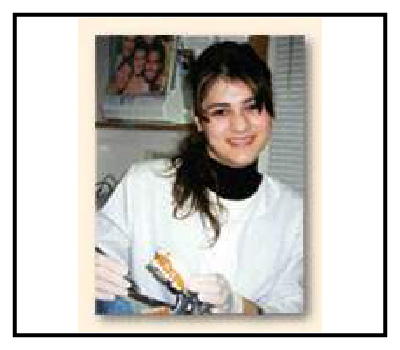Sterilization And Infection Control In Dentistry
We realize that patients today have many concerns about the safety of receiving their medical and dental care. We understand your concern and would like to share with you some of the things we're doing to protect both you and us.
Infection control is the term used to describe the prevention of any disease transmission from the patient to the staff, the staff to the patient, and from one patient in the practice to another patient. Any infection control procedure not only protects us, the health-care provider, but also protects you, the patient. Among the precautions we take are:
 Autoclave - steam sterilization
Autoclave - steam sterilization
- All instruments capable of withstanding high heat are autoclaved (steam-sterilized) which kills infectious bacteria and viruses. The autoclaves are tested weekly to insure that they are operating properly.
Chemical disinfection
- All items that cannot tolerate high heat, such as plastics, are disinfected in a chemical solution formulated to kill infectious bacteria and viruses.
All handpieces ("drills") and burs ("drill bits") are autoclaved after each use.
One-time use items
- Many items are single-use and are disposed of after each patient. This includes all syringes (needles) and saliva ejectors (the plastic tips on the suction tube which are placed in the mouth to remove saliva).
The rubber cups which hold the paste used to polish your teeth are disposed of after each visit. The attachment which holds it on the handpiece, called a prophy angle, is disposable and discarded after each use.
Disposable gloves and masks
- Gloves and masks are worn to prevent transmission of disease between you and us (both ways), as well as providing protection from transmitting any diseases between you and another patient in the office. Gloves are never used on more than one patient.
Surface decontamination and barriers
- All surfaces (counter tops, dental chair, light handles, etc.) are disinfected with a chemical solution again formulated to kill infectious bacteria, spores, and viruses. Barriers (paper covers etc.) are used whenever possible.
We wear glasses to protect our eyes from contamination as well as injury.
Rubber dam
- A rubber dam, which is a thin sheet of latex, is used whenever necessary to reduce the amount of bacterial spray-back which occurs when dental procedures are performed.
- We continually monitor our procedures for compliance with OSHA, Centers for Disease Control (CDC), and American Dental Association recommendations.
- If you have a specific question about any infection control procedure, or would like to schedule an appointment, just click here.
